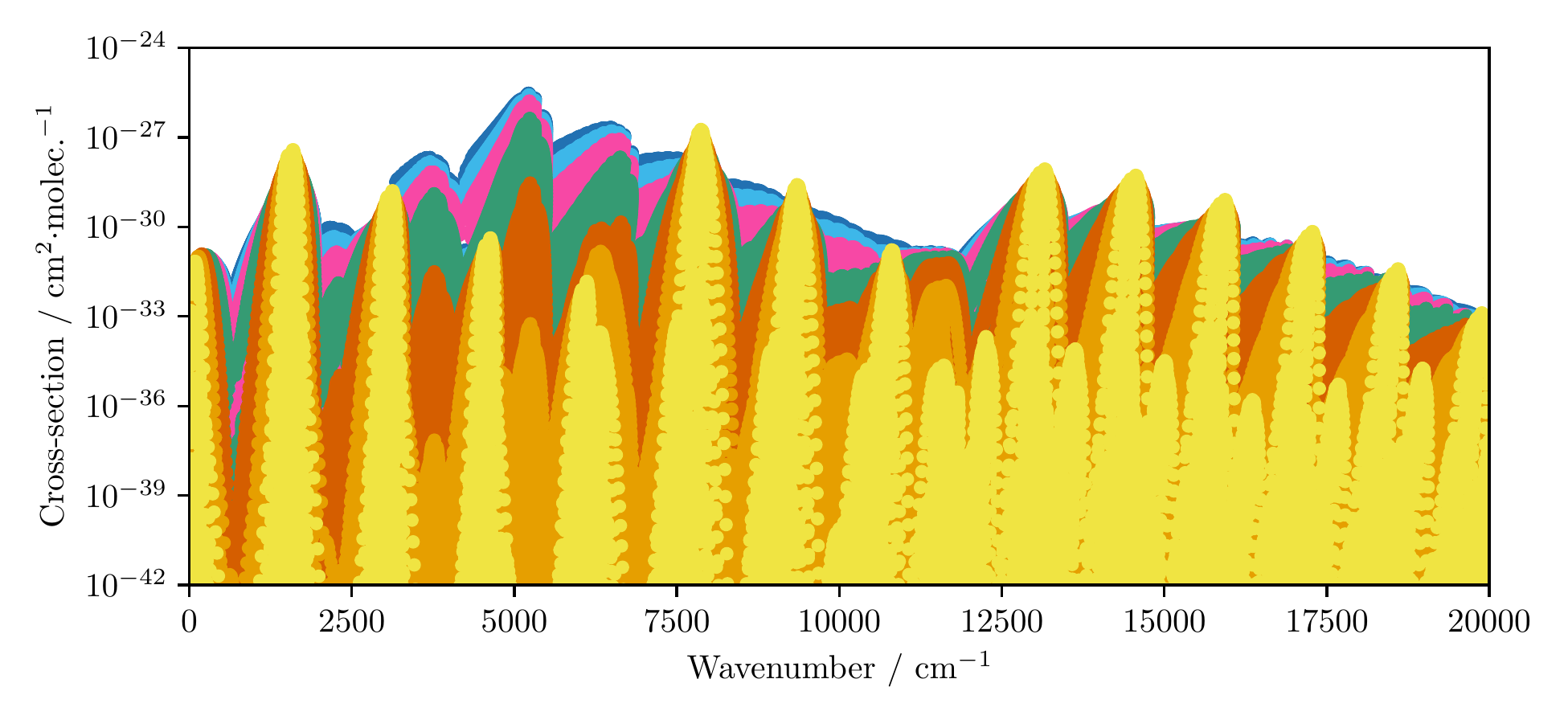
ExoMol
Oxygen and nitrogen are key biosignature molecules, of vital importance in the search for habitable planets outside our solar system. These molecules can be identified in exoplanet atmospheres by the specific wavelengths of light they absorb - a molecular fingerprint known as an 'absorption spectrum'.
However, reliably identifying the presence of any molecule in an exoplanet's atmosphere requires a highly-accurate list of spectral lines across a wide range of wavelengths and temperatures. This breadth of coverage is not achievable in the laboratory. Instead the ExoMol group at UCL produces highly-accurate computationally generated spectra for a wide variety of industrial and scientific applications.

Homonuclear molecules, such as oxygen (O2) and nitrogen (N2) - where both atoms are identical - do not interact with light via the same mechanism as other, heteronuclear, molecules. My work in the ExoMol group aims to develop a computational methodology for computing the molecular fingerprints of such homonuclear molecules.
Knowledge of the full rotational, vibrational and electronic spectrum of these crucial biosignatures will allow us to detect planets outside our own solar system with Earth-like atmospheres.